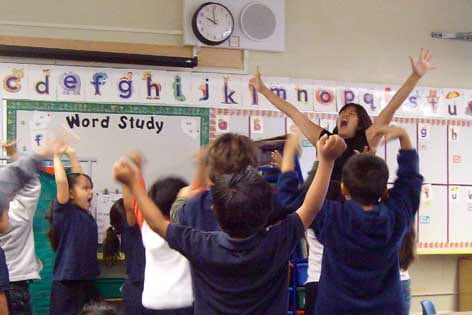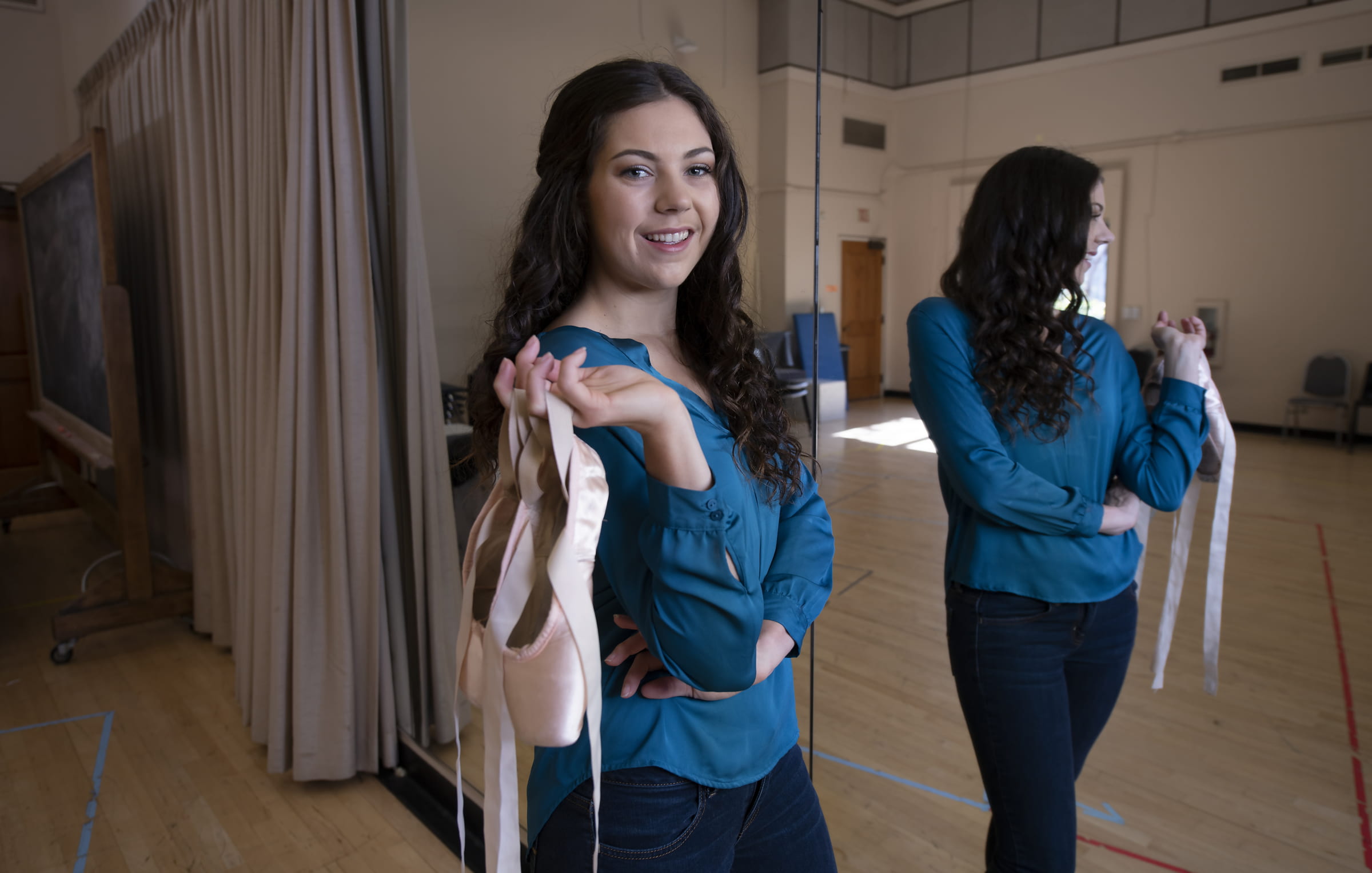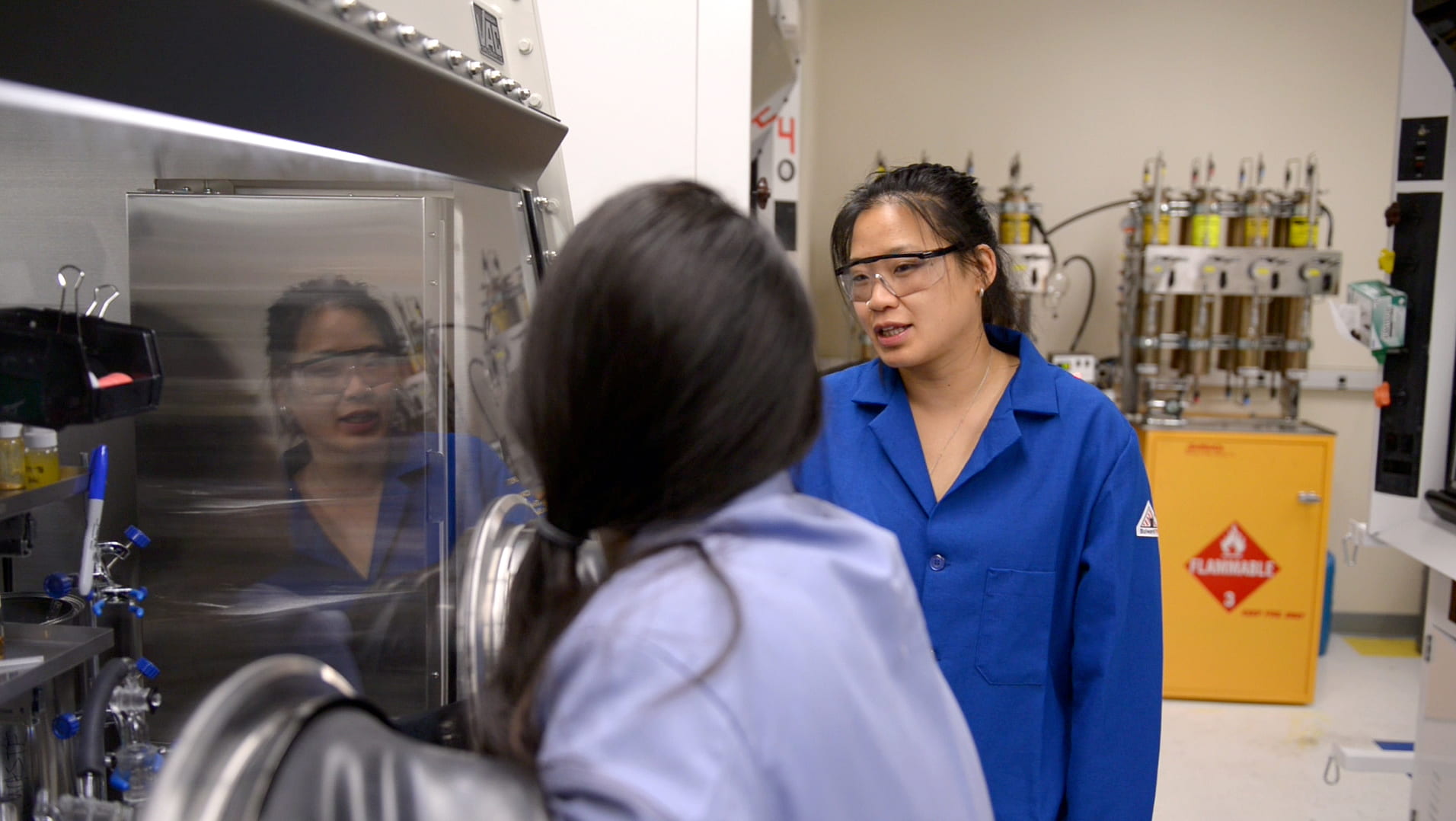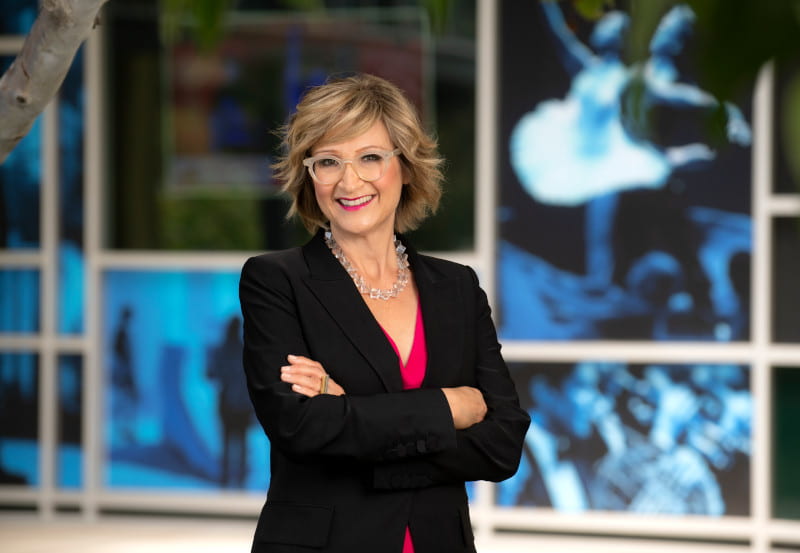Dance, drama helps students build language skills
Drama, dance lessons foster speaking skills of K-2 English learners.

On a recent morning, kindergartners at Paradise Hills Elementary School sang songs and mimicked wild animals. At nearby Knox Elementary School, first-graders learned vocabulary words such as “skip,” “jump” and “twirl” to describe dance moves.
Under a partnership between UC Irvine’s Department of Education and the San Diego Unified School District, lessons in theater, dance and visual arts are boosting the speaking skills of K-2 English-language learners.
“The national focus on raising test scores in reading and math has left behind the arts, which are important for social and emotional development,” says Liane Brouillette, director of UCI’s Center for Learning Through the Arts & Technology. “This program builds the oral language skills of students who speak English as a second language. It’s something they don’t get doing worksheets.”
In its third year, the Teaching Artist Project developed by SDUSD and UCI educators pairs trained actors, dancers and visual artists with K-2 teachers in 15 San Diego elementary schools. The program is funded by an $858,000 California Postsecondary Education Commission grant.
A full 30 percent of SDUSD students are English learners, and classroom activities involving visual images, physical gestures and memorable rhythms, rhymes and patterns can be more helpful to them than purely language-based instruction.
“Students may not know the meaning of a specific word but can usually guess by watching their peers act it out,” says Brouillette, associate professor of education at UCI. “Children who benefit most are the ones who have not yet developed the fluency to absorb lessons that depend solely on words.”
Professional actor Mike Sears works with Paradise Hills kindergarten teacher Patty Steele to introduce students to the tools of the craft.
“The main thing we’re looking to accomplish is using the body, face and voice to express character and communicate meaning to an audience,” Sears says. “Ultimately, the students will be able to act out a play version of the ‘Three Little Pigs.’”
The kids giggle and squirm during the lesson but happily oblige when Sears asks them to replicate animal noises and movements or repeat tongue twisters like “purple peanut butter.” Educators say this is valuable for students whose first language differs phonetically from spoken English.
Adrienne Grossman, a first-grade teacher at Knox, says the dance program is also a great way to channel students’ restless energy.
“They get the chance to be active, but it’s organized and supports the lesson,” she says. “I hope the district makes it easier to include the arts in the classroom by allowing more programs like this.”



